Last spring, the Johnsons noticed their backyard turned into a swamp after every rainstorm. Their prized flower beds drowned, mosquitoes thrived, and their patio became unusable for weeks. Frustrated but determined, they installed a simple rain garden and replaced part of their driveway with permeable pavers. By summer, their yard transformed into a vibrant space that handled heavy rains while supporting local pollinators—an excellent example of sustainable stormwater management in action.
This story reflects a growing challenge many homeowners face. As neighborhoods expand, traditional drainage methods often struggle to keep up. Concrete channels and underground pipes simply move problems downstream rather than solving them. But there’s a better way to work with nature’s rhythms.
Modern solutions combine practical flood prevention with environmental benefits. Techniques like vegetated strips and shallow basins help filter impurities from rainfall before it reaches streams. These approaches also recharge groundwater supplies instead of overwhelming community drainage networks during storms.
Your property’s drainage choices create ripple effects far beyond your property line. When water moves slowly through natural systems, it reduces strain on aging pipes and treatment plants. Healthier yards mean cleaner rivers downstream – and fewer basement floods during sudden cloudbursts.
Key Takeaways
- Effective drainage protects homes from water damage while supporting plant growth
- Eco-friendly solutions outperform outdated “quick fix” approaches long-term
- Property-level decisions impact neighborhood flooding risks and water cleanliness
- Natural filtration methods improve soil health and reduce maintenance needs
- Smart water handling benefits both homeowners and municipal systems
Understanding Urban Stormwater and Flooding Risks
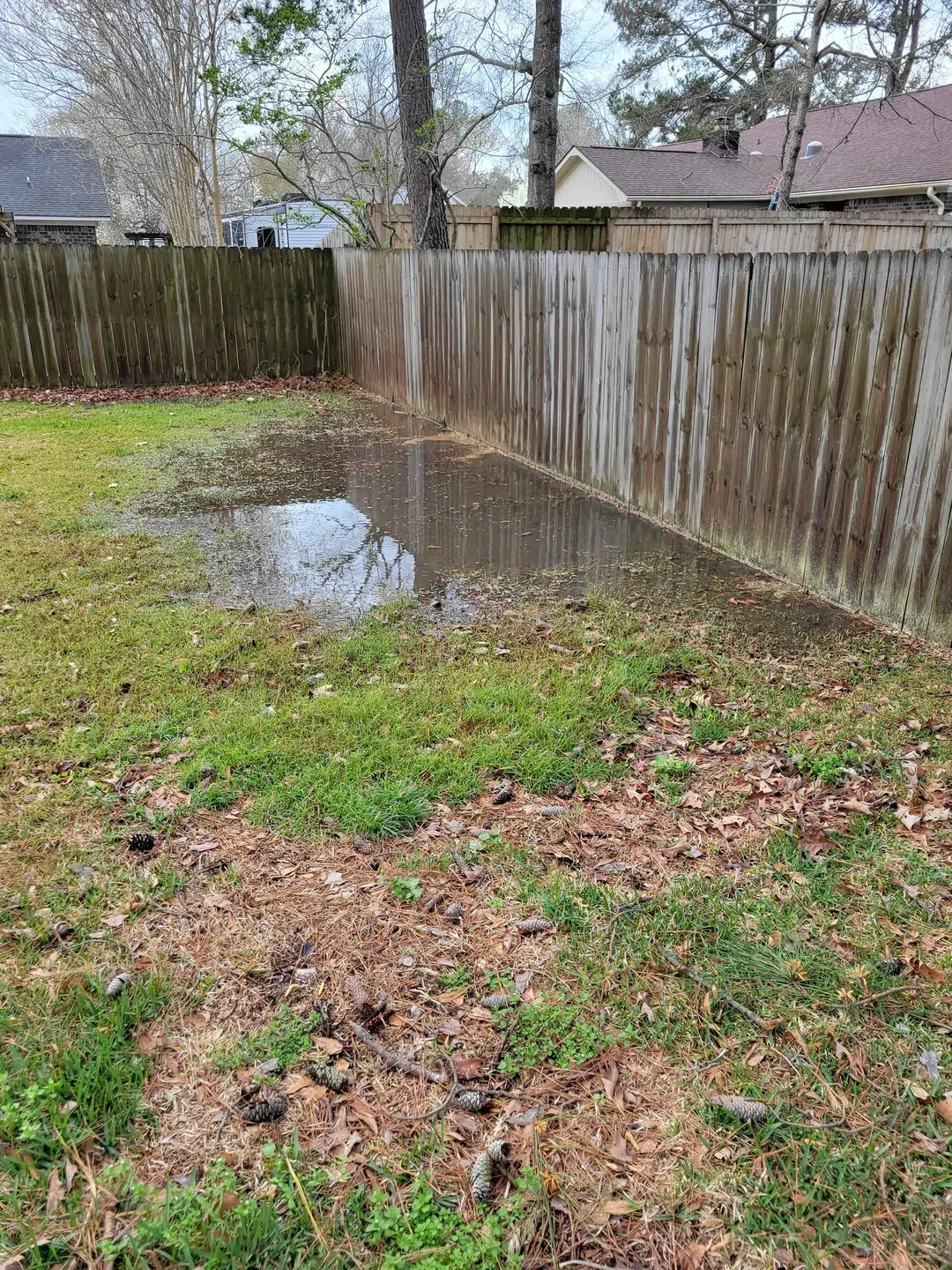
Credit: Reddit
Urban expansion has reshaped how rainwater moves, turning gentle streams into destructive torrents. Neighborhoods now face faster, dirtier water flow during storms – a problem that starts in our own yards. Let’s explore why modern landscapes struggle to handle rainfall like they once did.
Hydrological Shifts in Urban Areas
Paved surfaces now cover over 10% of watersheds in many regions – the tipping point where streams begin losing their natural balance. Research shows that at 25% pavement coverage, aquatic ecosystems collapse.
“Streams become biologically impoverished once hardscapes dominate their watersheds,”
notes the Center for Watershed Protection. This transformation happens gradually as driveways replace dirt paths and rooftops multiply.
Impacts of Impervious Surfaces on Runoff
Concrete and asphalt act like waterproof blankets. A typical home’s hardscapes can triple the volume of water rushing off your property during storms. That first flush of rain? It’s the worst offender – the initial half-inch collects 80% of pollutants like oil residues and lawn chemicals.
Seasonal patterns intensify these challenges. Spring thaws push melting snow across frozen ground, while summer downpours hit parched soil that can’t absorb water quickly. Understanding your land’s role in the watershed helps create solutions that protect both your basement and local waterways.
Best Practices for Sustainable Stormwater Management
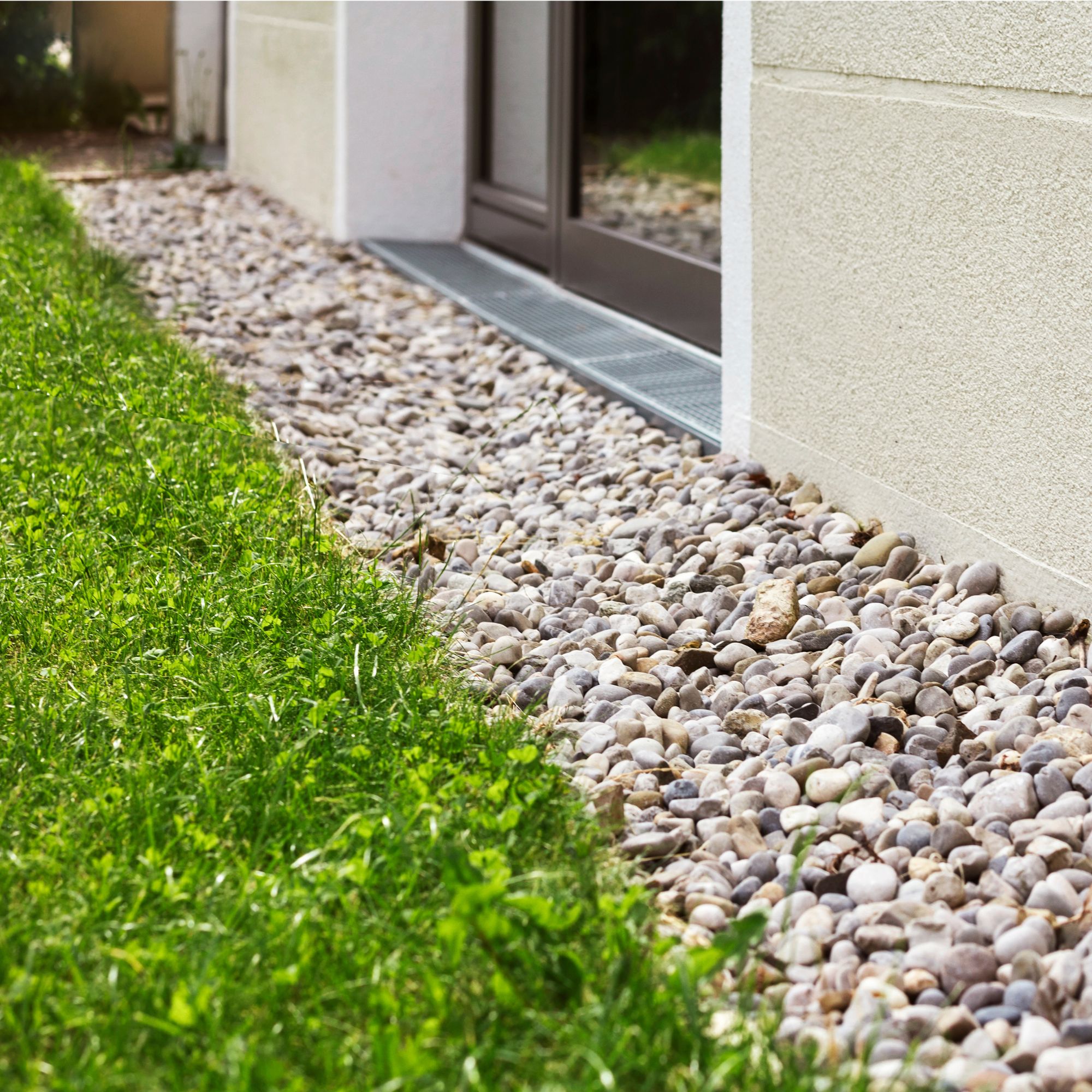
Credit: Ideal Home
Modern drainage isn’t about fighting water—it’s about working with it. We help homeowners choose solutions that protect properties while benefiting local ecosystems. Let’s explore how updated methods outperform older approaches.
Conventional Versus Innovative Techniques
Traditional drainage relies on pipes and ponds to whisk water away. These systems often push problems to neighbors or overload treatment plants. A 2022 EPA study found they remove only 30% of common pollutants before water reaches streams.
Newer techniques mimic natural absorption. Shallow basins and porous surfaces let rain seep into soil gradually. This reduces strain on community infrastructure during heavy storms. Plus, plants in these areas filter out fertilizers and oil residues naturally.
Reducing Runoff and Improving Water Quality
Simple changes make big differences. Permeable pavers allow 80% more water absorption than concrete. Rain gardens—shallow planted depressions—cut runoff volume by 30% compared to lawns.
We prioritize strategies that:
- Slow water flow with vegetation strips
- Capture rooftop runoff in barrels
- Filter contaminants through layered soil
These practices cost 40% less than replacing underground pipes in most cases. They also create habitats for butterflies and birds—bonuses you won’t get from gray infrastructure.
Green Infrastructure and Modern Drainage Design

Credit: Ideal Home
When a Baltimore neighborhood replaced its cracked parking lot with a vibrant pollinator garden, residents discovered something surprising. Their new green space absorbed 4,000 gallons of rainwater during summer storms – while attracting monarch butterflies and hummingbirds. This transformation showcases the power of living systems in modern drainage solutions.
Nature’s Blueprint for Better Water Flow
We design with nature’s patterns in mind. Native grasses and shrubs do more than look pretty – their roots create natural drainage channels that improve soil structure. A single mature tree can drink 100 gallons of water daily through its roots during growing season.
These living systems outperform concrete in three key ways:
- Plant roots maintain soil porosity for better infiltration
- Vegetation filters pollutants from rainwater naturally
- Green spaces reduce local temperatures by 2-4°F
“Green infrastructure isn’t just functional – it’s neighborhood acupuncture that heals multiple issues at once,”
notes landscape architect Maya Lin. Her team’s work in Portland shows how bioswales (vegetated drainage ditches) can handle 30% more runoff than traditional curbs.
Real-World Success Stories
In Philadelphia, 1,200 rain gardens installed across the city now capture 1.5 billion gallons of rainwater annually. Homeowners report fewer basement floods and lower water bills. A Maryland community park redesigned with permeable pavers saw 80% less standing water after storms.
Our projects demonstrate how green infrastructure scales:
- Residential rain gardens (100-300 sq ft)
- Neighborhood bioswale networks (1/4 mile stretches)
- Citywide permeable pavement programs
These solutions prove that working with nature creates resilient, beautiful spaces. Your yard could be the next success story – where practicality meets ecological harmony.
Integrating Yard Drainage Solutions to Prevent Flooding
Proper water control starts with understanding your land’s unique story. We blend science and practicality to create systems that protect homes while nurturing healthy ecosystems. Our approach ensures every solution works with your yard’s natural features, not against them.
Enhancing Infiltration and Soil Health
Healthy earth acts like a sponge. We test your soil’s composition using geotechnical analysis to identify absorption rates. Class A soils (sandy/loamy) can handle 2+ inches of water per hour, while clay-heavy soils need amendments.
Three key steps boost absorption:
- Adding compost to improve structure
- Planting deep-rooted native grasses
- Aerating compacted areas annually
These methods increase infiltration capacity by 60% in most residential lots. One client’s redesigned garden now absorbs 500 gallons during summer storms – enough to fill three hot tubs!
Optimizing Drainage Systems for Residential Settings
Every yard needs a tailored strategy. We combine multiple elements to handle heavy rains without sacrificing aesthetics. Our designers map underground utilities and slopes to position features effectively.
| Solution | Best For | Water Handled |
|---|---|---|
| French Drains | Wet basements | 15-20 gal/min |
| Permeable Patios | Pool areas | 1″ rain/hour |
| Bioswales | Sloped yards | 300+ sq ft |
Maintenance matters as much as installation. We provide seasonal checklists – like clearing debris from drain inlets before fall leaf drop. Proper care keeps systems working smoothly for decades.
Our Locations and Contact Information
We help communities across the DMV area tackle water flow issues through local expertise. Our five offices combine neighborhood knowledge with proven solutions for modern landscapes.
Washington, DC Office
2315 Wisconsin Ave NW serves urban properties needing smart water solutions. Our team specializes in green infrastructure for row homes and historic districts.
Rockville, MD Location
Find us at 330 N Stonestreet Ave, Unit S for suburban drainage challenges. We help Maryland homeowners create functional yards that handle heavy rains gracefully.
North Bethesda, MD Office
Visit 5014 Nicholson Ln for mature property solutions. We excel at upgrading older systems while preserving established gardens and trees.
Manassas, VA Location
Our 10748 Sudley Manor Dr team focuses on new construction and retrofit projects. We blend modern design with Northern Virginia’s unique soil conditions.
Ashburn, VA Office
Stop by 44121 Leesburg Pike Unit 170 for cutting-edge approaches. This location leads our commercial projects and community-scale water plans.
Write to Us
Email info@dmvwp.com to start your project. Our experts provide free consultations – from small backyard fixes to full-site overhauls.
Every property tells a different water story. Let’s write yours together with solutions that protect homes and support local ecosystems.
Conclusion
Every raindrop tells a story – and your yard writes its own chapter. We’ve seen how simple changes like rain gardens and permeable surfaces rewrite flood narratives while nurturing healthier ecosystems. These approaches don’t just protect homes; they transform properties into active participants in regional water health.
Our team designs solutions that address two needs simultaneously: practical flood prevention and environmental care. By working with natural absorption patterns rather than against them, we create landscapes that handle heavy rains while filtering pollutants. Healthy soil becomes your first line of defense, absorbing water like nature intended.
Your choices ripple outward. Proper drainage reduces strain on community infrastructure during cloudbursts, keeping basements dry and streams clean. It’s not just about moving water – it’s about creating spaces where people and nature thrive together.
Ready to turn your yard into a water-wise asset? We combine local expertise with proven strategies tailored to your land’s unique features. Let’s build solutions that safeguard your home while contributing to cleaner waterways for everyone.
FAQ
How do urban areas increase flooding risks during heavy rain?
Cities have more paved surfaces like roads and parking lots. These prevent water from soaking into the ground, causing faster runoff that overwhelms drains and leads to pooling or flash floods.
What’s the difference between traditional drainage systems and green infrastructure?
Conventional methods rely on pipes and gutters to move water away quickly. Green solutions, like bioswales or permeable pavers, slow down runoff, filter pollutants, and let water soak into the earth naturally.
Can rain gardens really help manage excess water in residential areas?
Absolutely! Rain gardens collect runoff from roofs and driveways, allowing it to infiltrate slowly. They also reduce erosion, filter contaminants, and support pollinators with native plants.
How can homeowners improve yard drainage without major construction?
Simple steps work wonders. Redirect downspouts away from foundations, use gravel trenches or dry creek beds, plant deep-rooted grasses, and avoid compacting soil to boost absorption.
Why is combined sewer overflow a problem for local waterways?
Older systems mix rainwater with sewage. During storms, this combo overflows into rivers, spreading bacteria and toxins. Green infrastructure reduces the volume entering these pipes, protecting ecosystems.
What role do soil health and plant roots play in controlling runoff?
Healthy, loose soil acts like a sponge, absorbing more water. Plant roots create pathways for infiltration while stabilizing the ground to prevent erosion during downpours.

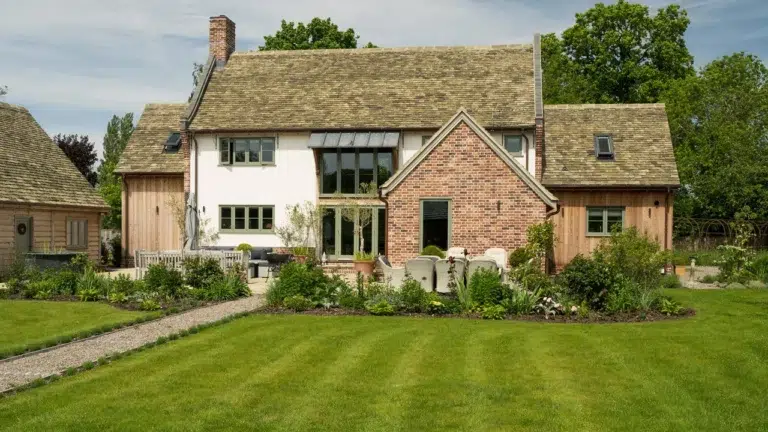
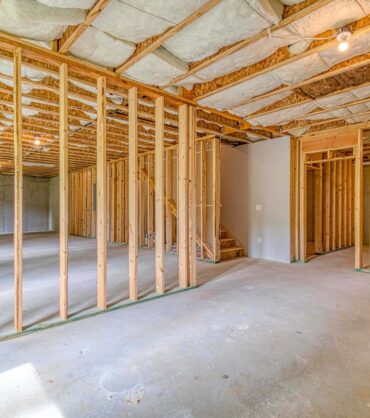
![[GetPaidStock.com]-680786795b816 [GetPaidStock.com]-680786795b816](https://dmvwp.com/wp-content/uploads/2025/04/GetPaidStock.com-680786795b816-370x418.jpg)
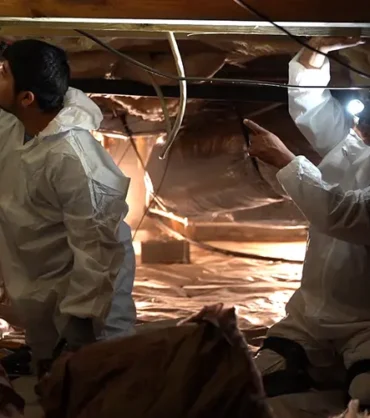
![[GetPaidStock.com]-682c400c87c15 [GetPaidStock.com]-682c400c87c15](https://dmvwp.com/wp-content/uploads/2025/04/GetPaidStock.com-682c400c87c15-370x418.jpg)
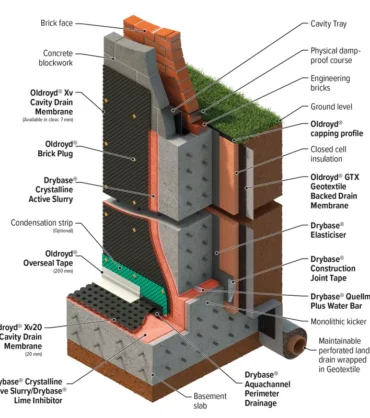
![[GetPaidStock.com]-682c413fa898e [GetPaidStock.com]-682c413fa898e](https://dmvwp.com/wp-content/uploads/2025/03/GetPaidStock.com-682c413fa898e-370x418.jpg)